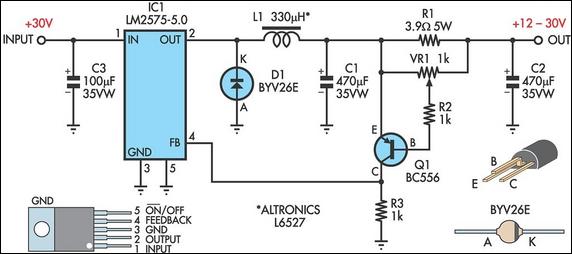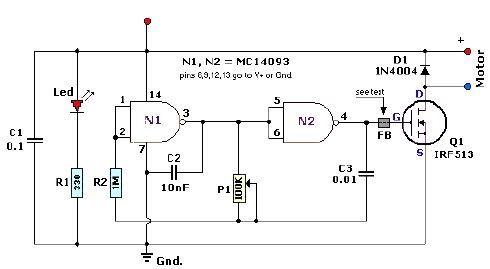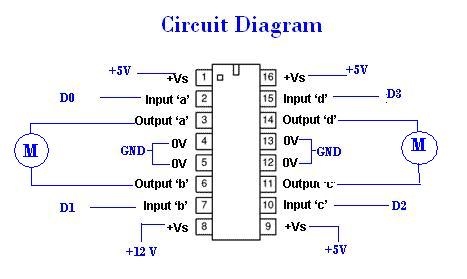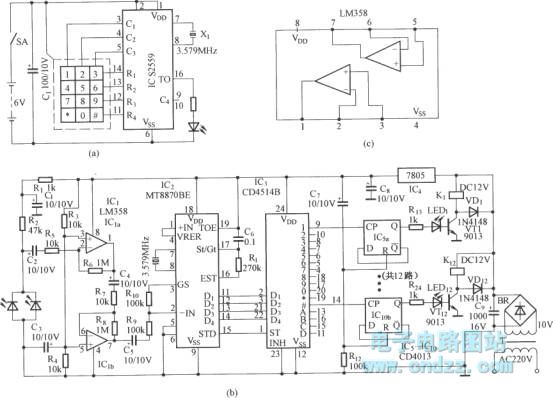
741 IC For Constant Temperature Control
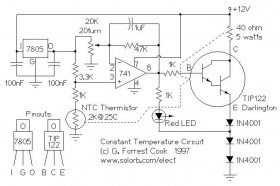
The following circuit illustrates the use of a 741 operational amplifier (op-amp) in a constant temperature control circuit diagram. It is designed to reduce the drift of a Ramsey FM10a.
The circuit employs the 741 op-amp, which is a general-purpose operational amplifier known for its versatility in various applications, including temperature control. The constant temperature control circuit is crucial for maintaining stable operating conditions in sensitive electronic components, such as those found in the Ramsey FM10a, which is a frequency modulation transmitter.
In this configuration, the 741 op-amp is typically used in a feedback arrangement to compare the actual temperature with a reference temperature set by a thermistor or a temperature sensor. The output of the op-amp drives a heating element or a cooling device to adjust the temperature accordingly, ensuring that it remains constant despite external fluctuations.
The circuit may include resistors and capacitors to stabilize the feedback loop and filter out noise, thereby enhancing the accuracy of the temperature control. Additionally, the use of a potentiometer allows for fine-tuning of the reference temperature, providing flexibility in the circuit's application.
Overall, the integration of the 741 op-amp in this constant temperature control circuit exemplifies the importance of operational amplifiers in maintaining precise control in electronic systems, thereby improving the reliability and performance of devices like the Ramsey FM10a.The following circuit shows about 741 IC For Constant Temperature Control Circuit Diagram. Features: used to lower the drift of a Ramsey FM10a . 🔗 External reference
The circuit employs the 741 op-amp, which is a general-purpose operational amplifier known for its versatility in various applications, including temperature control. The constant temperature control circuit is crucial for maintaining stable operating conditions in sensitive electronic components, such as those found in the Ramsey FM10a, which is a frequency modulation transmitter.
In this configuration, the 741 op-amp is typically used in a feedback arrangement to compare the actual temperature with a reference temperature set by a thermistor or a temperature sensor. The output of the op-amp drives a heating element or a cooling device to adjust the temperature accordingly, ensuring that it remains constant despite external fluctuations.
The circuit may include resistors and capacitors to stabilize the feedback loop and filter out noise, thereby enhancing the accuracy of the temperature control. Additionally, the use of a potentiometer allows for fine-tuning of the reference temperature, providing flexibility in the circuit's application.
Overall, the integration of the 741 op-amp in this constant temperature control circuit exemplifies the importance of operational amplifiers in maintaining precise control in electronic systems, thereby improving the reliability and performance of devices like the Ramsey FM10a.The following circuit shows about 741 IC For Constant Temperature Control Circuit Diagram. Features: used to lower the drift of a Ramsey FM10a . 🔗 External reference
